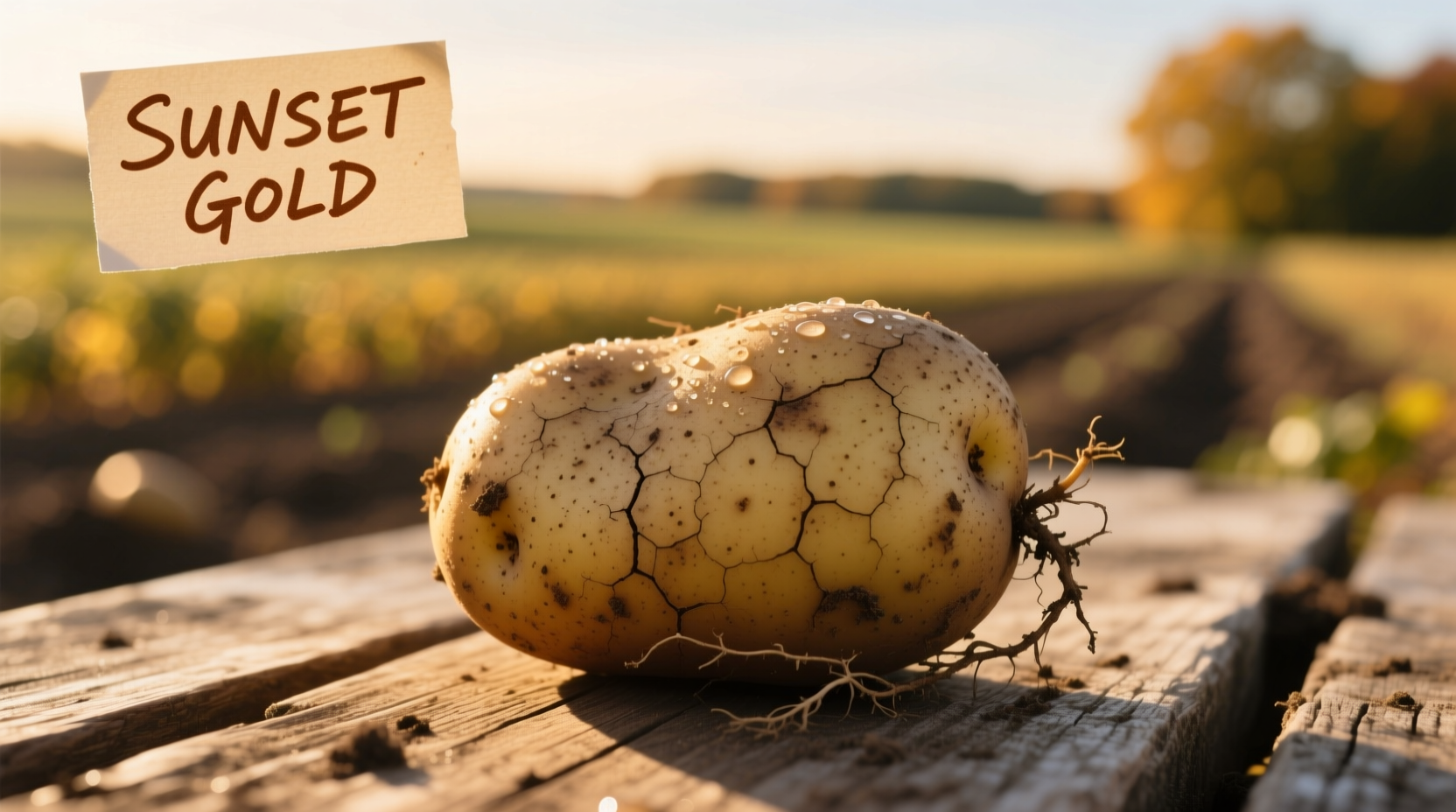When you ask what about potato, you're tapping into one of humanity's most versatile and nutritionally valuable food sources. This comprehensive guide reveals why potatoes deserve a permanent place in your kitchen beyond just being a side dish.
Understanding the Potato: More Than Just a Starchy Side
Contrary to popular belief, potatoes aren't nutrition villains. They're actually packed with essential nutrients that support overall health when prepared properly. The misconception about potatoes being "unhealthy" often stems from how we typically consume them—loaded with butter, sour cream, or fried. But in their natural state, potatoes offer remarkable nutritional benefits that have sustained civilizations for millennia.
Historical Journey: From Andean Highlands to Global Staple
| Time Period | Key Development | Global Impact |
|---|---|---|
| 8000-5000 BCE | Domestication in Andes Mountains | Foundation for Inca civilization |
| 1536 | Spanish conquistadors bring potatoes to Europe | Initial resistance due to nightshade family association |
| 1719 | Introduction to North America | Slow adoption until French fries gained popularity |
| 1845-1852 | Potato famine in Ireland | Mass migration and agricultural reforms |
| Present day | Global cultivation across 130+ countries | Fourth largest food crop worldwide (UN Food and Agriculture Organization) |
According to research from the International Potato Center in Peru, over 4,000 varieties of native potatoes exist in the Andes region alone. This incredible biodiversity developed through centuries of selective breeding by indigenous farmers who understood the importance of crop resilience.
Nutritional Powerhouse: What Makes Potatoes Special
A medium-sized potato with skin provides:
- 45% of your daily vitamin C needs (more than half a lemon)
- 28% of vitamin B6 requirements
- Significant potassium content (more than a banana)
- 3 grams of protein and 3 grams of fiber
- Negligible fat and sodium
The USDA National Nutrient Database confirms that potatoes contain all essential amino acids, though in small quantities. When combined with other plant foods throughout the day, they contribute to complete protein intake. The fiber content, particularly when eaten with skin, supports digestive health and helps maintain stable blood sugar levels.

Choosing the Right Potato for Your Culinary Needs
Not all potatoes are created equal. Understanding the differences between varieties helps you achieve perfect results in your cooking:
| Potato Type | Starch Content | Best Cooking Methods | Flavor Profile |
|---|---|---|---|
| Russet | High | Baking, frying, mashing | Earthy, robust |
| Yukon Gold | Medium | Mashing, roasting, boiling | Buttery, rich |
| Red Potatoes | Low | Boiling, salads, steaming | Mild, waxy |
| Sweet Potatoes | Medium | Baking, roasting, pureeing | Sweet, nutty |
Research from Cornell University's School of Integrative Plant Science shows that cooking method significantly impacts nutritional retention. Boiling with skin intact preserves up to 85% of vitamin C, while frying can reduce certain nutrients by 50% or more. For maximum nutritional benefit, try steaming or baking potatoes with their skin on.
Practical Applications: Making Potatoes Work for Your Lifestyle
Whether you're managing dietary restrictions or simply looking to optimize your meals, potatoes offer surprising flexibility:
For Blood Sugar Management
Cooling cooked potatoes creates resistant starch, which behaves more like fiber in your digestive system. A study published in the Journal of Nutrition found that consuming cooled potatoes reduced post-meal blood sugar spikes by 25-30% compared to hot potatoes. This makes potato salad a smarter choice than hot mashed potatoes for those monitoring glucose levels.
For Athletes and Active Individuals
Potatoes provide excellent carbohydrate fuel before workouts and help replenish glycogen stores afterward. Research from the Journal of the International Society of Sports Nutrition confirms that potatoes deliver comparable performance benefits to commercial sports drinks, with the added advantage of natural nutrients and no artificial ingredients.
For Budget-Conscious Meal Planning
According to USDA Economic Research Service data, potatoes rank among the most cost-effective sources of potassium, vitamin C, and fiber. At approximately $0.60 per pound for basic varieties, they provide more nutrition per dollar than many fresh vegetables.
Storage Wisdom: Keeping Potatoes Fresh Longer
Proper storage extends potato shelf life and maintains nutritional quality:
- Store in cool, dark place between 45-50°F (7-10°C)
- Avoid refrigeration which converts starch to sugar
- Keep away from onions which release gases that promote sprouting
- Don't wash before storage as moisture encourages decay
- Use paper bags instead of plastic for better air circulation
The National Potato Council recommends checking stored potatoes weekly and removing any showing signs of decay to prevent spoilage from spreading. Properly stored potatoes can last 2-3 months, making them an excellent pantry staple.
Environmental Considerations in Potato Production
Modern potato farming has made significant sustainability strides. According to the Potato Sustainability Initiative, water usage has decreased by 18% over the past decade through precision irrigation techniques. Many growers now implement crop rotation systems that improve soil health and reduce pesticide needs. When selecting potatoes, look for those grown using integrated pest management practices which minimize environmental impact while maintaining crop quality.
Common Misconceptions Addressed
"Potatoes cause weight gain" - Potatoes themselves are low in calories. The issue comes with preparation methods and portion sizes. A plain baked potato has fewer calories than a bowl of white rice.
"Sweet potatoes are always healthier than white potatoes" - Both offer unique nutritional profiles. White potatoes provide more potassium, while sweet potatoes offer more vitamin A. Variety in your diet is key.
"Green spots on potatoes are just cosmetic" - Green areas indicate solanine buildup, a natural toxin. Always cut away green portions completely before cooking.











 浙公网安备
33010002000092号
浙公网安备
33010002000092号 浙B2-20120091-4
浙B2-20120091-4